Ganesh Chaturthi, one of the most popular Hindu festivals, is celebrated with immense joy and devotion across India. This vibrant festival honours Lord Ganesha, the elephant-headed deity known as the remover of obstacles and the god of new beginnings. For kids aged 10 to 14, this festival is not just a religious occasion but also a time of fun, learning, and cultural immersion. Let’s explore the history, significance, rituals, and how Ganesh Chaturthi is celebrated.
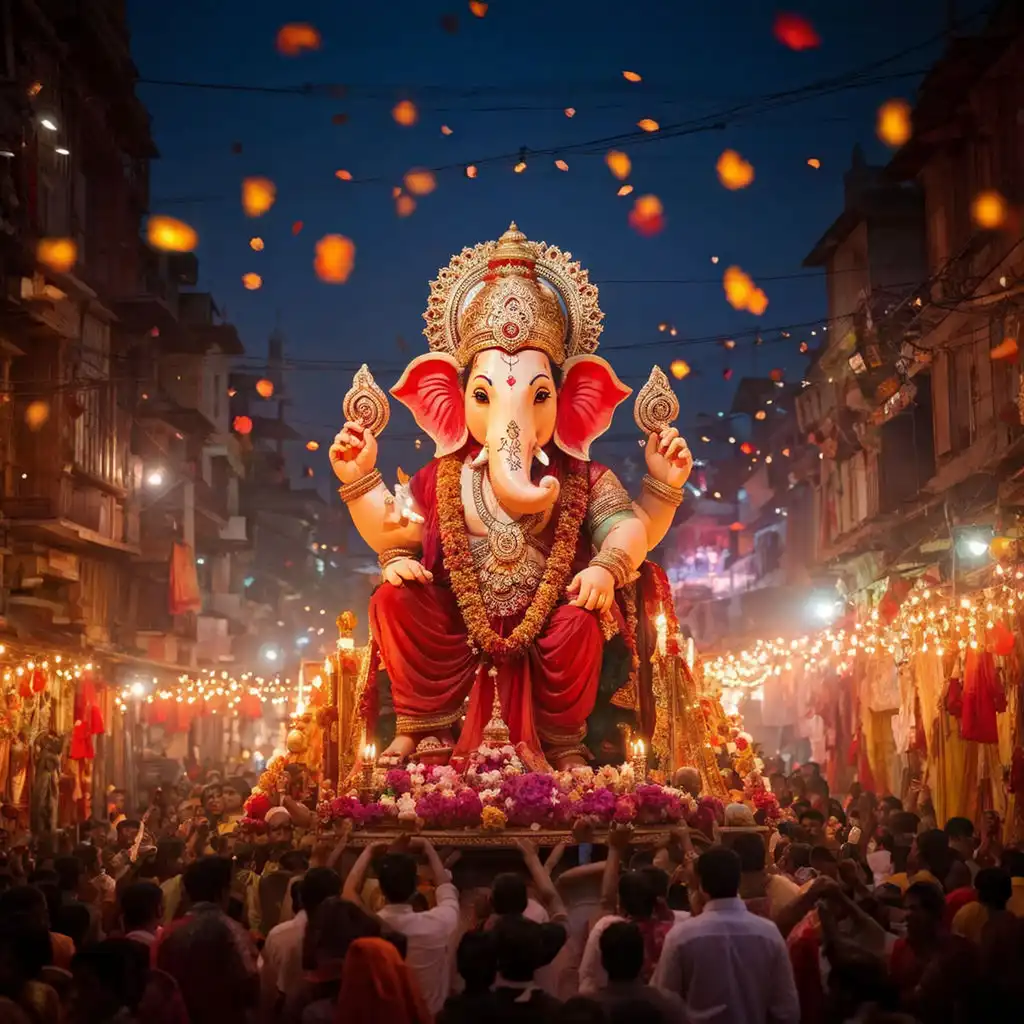
Who is Lord Ganesha?
Lord Ganesha, also known as Ganapati, is a beloved deity in Hindu mythology. He is easily recognisable with his large elephant head, big ears, and pot-bellied human body. According to legend, Ganesha was created by Goddess Parvati, the wife of Lord Shiva. There are many stories about how Ganesha got his elephant head, but the most famous one is about how Lord Shiva accidentally cut off Ganesha’s human head and later replaced it with that of an elephant.

Ganesha is worshipped at the beginning of any new venture or journey, as he is believed to bring good fortune and remove any obstacles that may come in the way. His wisdom and intelligence make him a favourite among students, and his image is often seen in schools and homes.
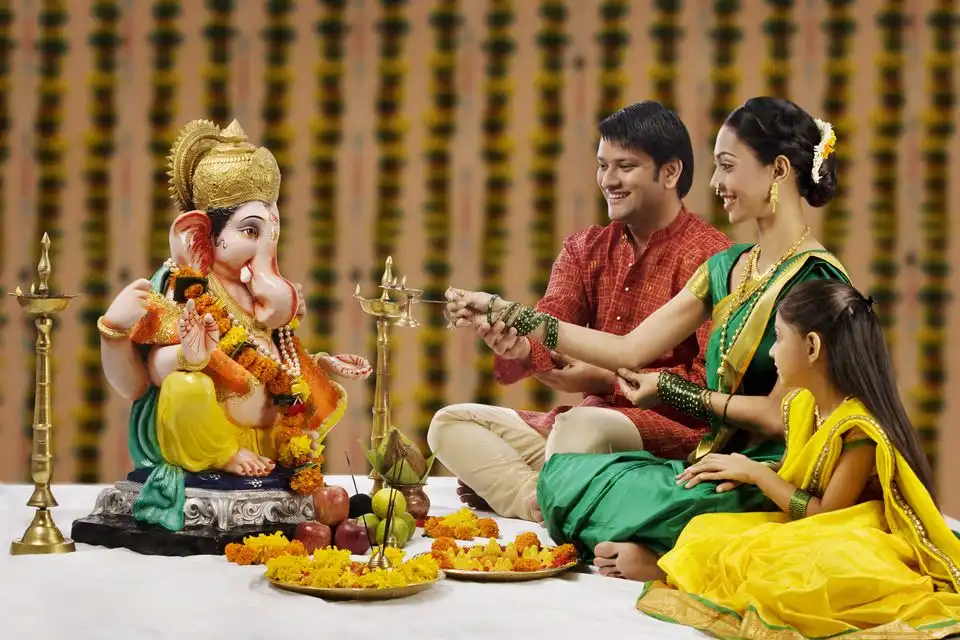
The History of Ganesh Chaturthi
Ganesh Chaturthi, also known as Vinayaka Chaturthi, is celebrated on the fourth day of the Hindu month of Bhadrapada, which usually falls in August or September. The festival has a long history, with its roots tracing back to the reign of Chhatrapati Shivaji Maharaj, the Maratha ruler who promoted the celebration of Ganesh Chaturthi as a public event to unite his people.
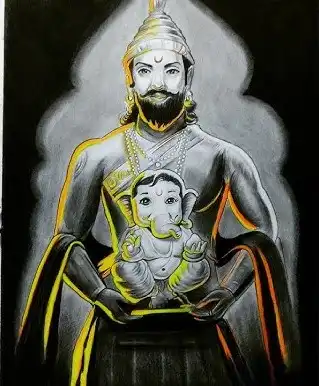
In the late 19th century, freedom fighter Lokmanya Bal Gangadhar Tilak transformed Ganesh Chaturthi from a private celebration into a grand public event. He saw the festival as an opportunity to bring people together during the Indian independence movement. Since then, Ganesh Chaturthi has become a major festival in Maharashtra and other parts of India.
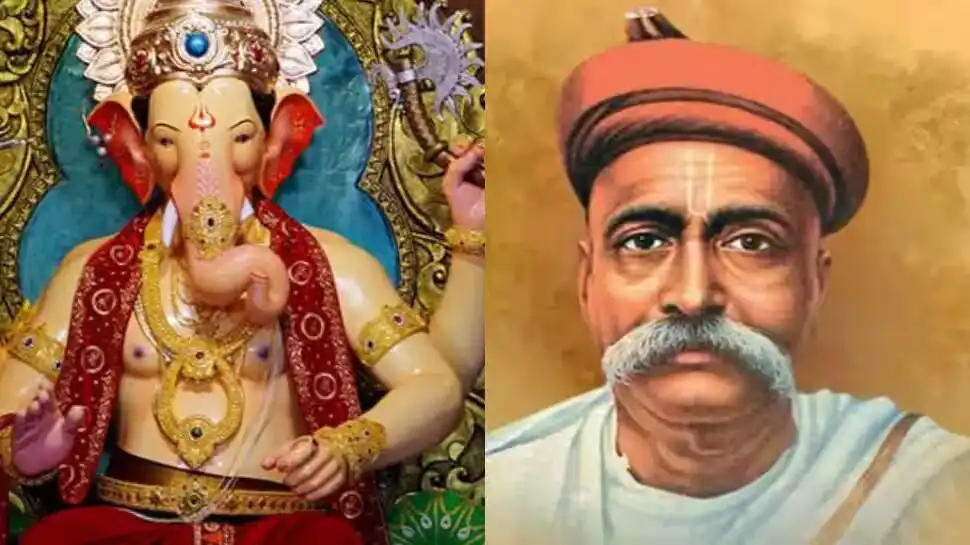
The Significance of Ganesh Chaturthi
Ganesh Chaturthi holds a deep spiritual significance. The festival symbolises the cycle of birth, life, and death. It is believed that during Ganesh Chaturthi, Lord Ganesha descends from his celestial abode to bless his devotees with wisdom, prosperity, and happiness.

The celebration also reflects the importance of removing negativity and embracing new beginnings. Ganesha’s trunk, which is often depicted in different positions, symbolises his ability to adapt to various challenges and situations, teaching us the importance of flexibility and resilience in life.
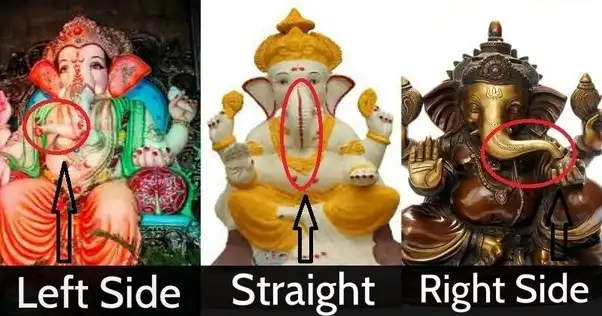
How is Ganesh Chaturthi Celebrated?
1. Preparation of the Ganesha Idol:
The celebration of Ganesh Chaturthi begins with the creation of Ganesha idols. These idols can range from a few inches to several feet tall and are made from clay, plaster of Paris, or other eco-friendly materials. Artisans spend weeks crafting these beautiful idols, paying close attention to the details.

2. The Arrival of Ganesha:
On the day of Ganesh Chaturthi, families bring home the idol of Ganesha and place it in a beautifully decorated area. This is known as the “Pranapratishtha,” where the idol is infused with life through chants and rituals. People believe that Lord Ganesha himself enters the idol, and from that moment, the idol is treated as a divine guest in the home.
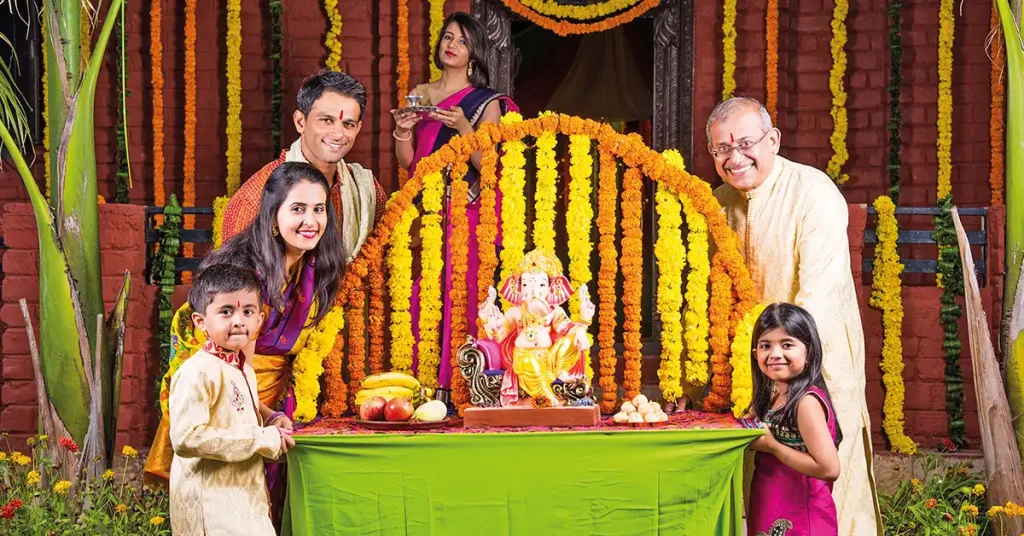
3. Puja and Offerings:
Each day, families perform puja (worship) and offer various sweets and fruits to Lord Ganesha. One of the most popular offerings is the modak, a sweet dumpling filled with coconut and jaggery, which is said to be Ganesha’s favourite. The puja is accompanied by the singing of bhajans (devotional songs) and the chanting of mantras.
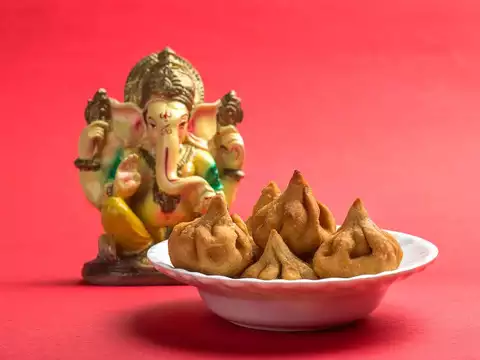
4. Visiting Pandals:
In many cities, especially in Maharashtra, large Ganesha idols are installed in public places called pandals. These pandals are elaborately decorated, and people from all over the city visit to seek blessings from Ganesha. Each pandal has its unique theme, and the competition to create the best pandal is fierce.
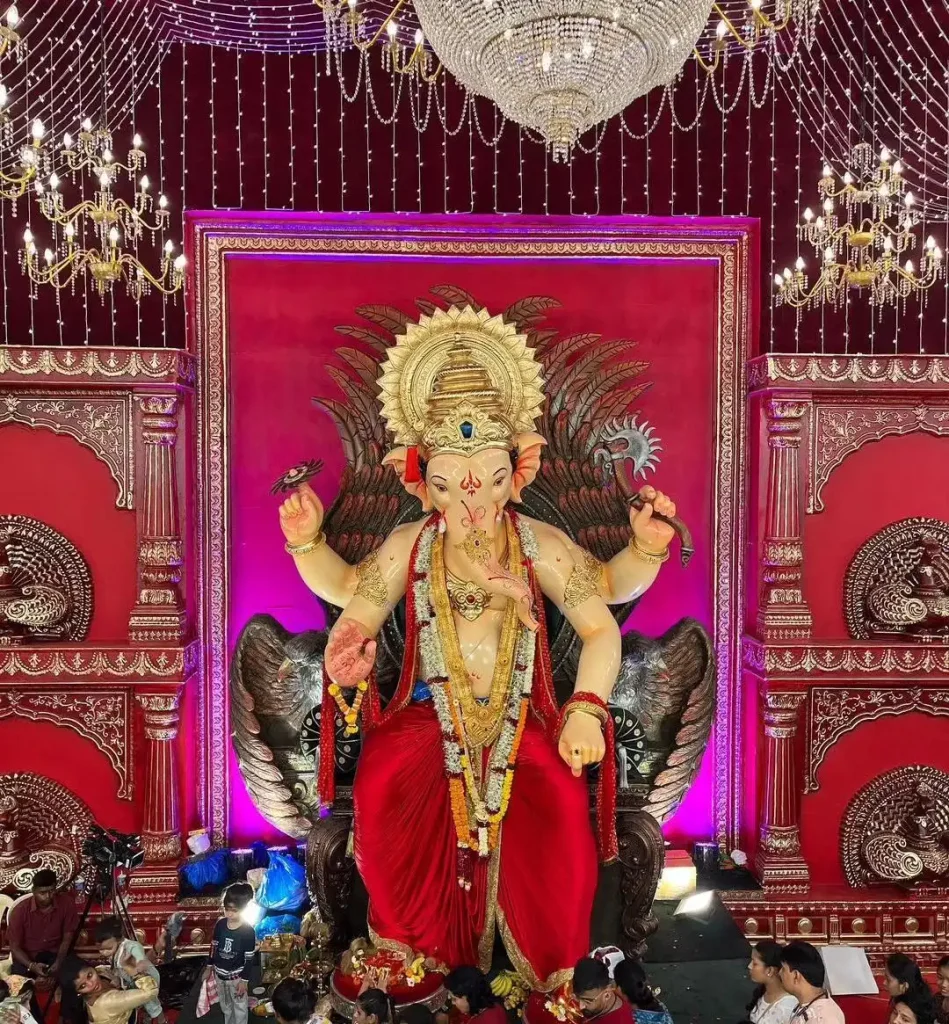
5. Immersion of the Idol:
The festival usually lasts for 10 days, and on the final day, the idol is taken in a grand procession for immersion, known as “Visarjan.” This is one of the most spectacular events of the festival, with people dancing, singing, and chanting “Ganpati Bappa Morya!” as they bid farewell to their beloved deity. The immersion symbolises the cycle of creation and dissolution in nature.
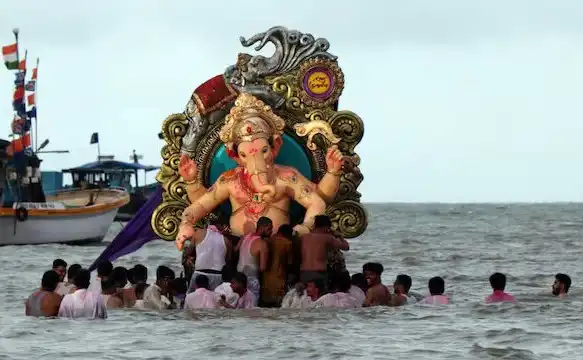
Why is Ganesh Chaturthi Important for Kids?
Ganesh Chaturthi is not just about rituals and prayers; it’s also about fun and learning. For kids, this festival is a time to understand and appreciate the rich cultural heritage of India. It teaches them the values of unity, discipline, and respect for traditions.
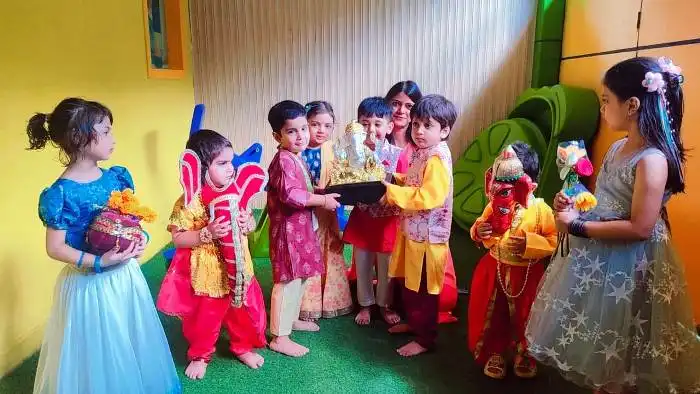
During the festival, children often participate in making eco-friendly Ganesha idols, decorating their homes, and even leading prayers. These activities help them develop creativity, teamwork, and a sense of responsibility.
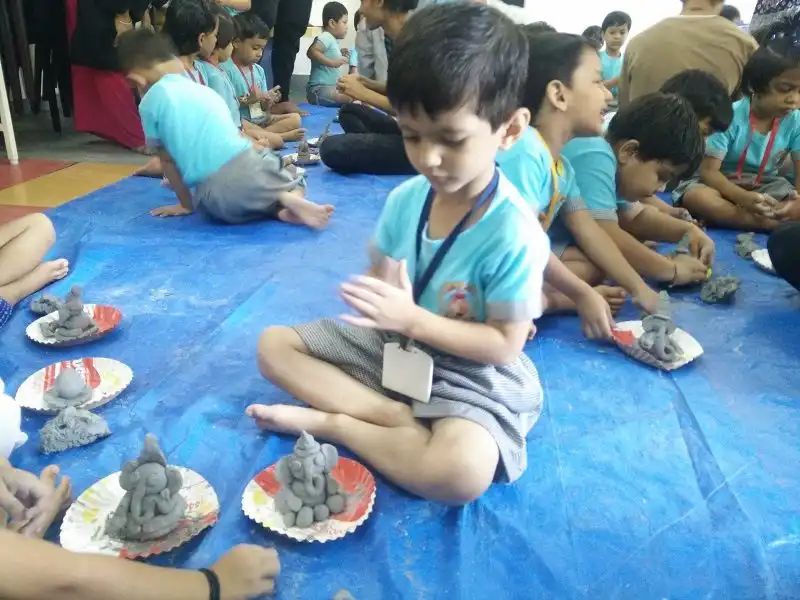
Eco-Friendly Ganesh Chaturthi
In recent years, there has been a growing awareness about the environmental impact of Ganesh Chaturthi, especially the immersion of idols made from non-biodegradable materials. To address this, many people have started opting for eco-friendly Ganesha idols made from clay, paper, or other natural materials. These idols dissolve easily in water, causing no harm to aquatic life.
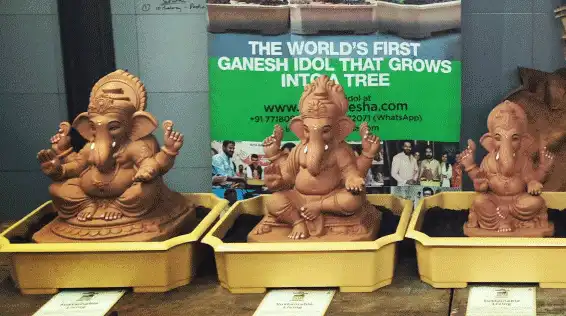
Children are often at the forefront of this movement, spreading the message of environmental conservation during the festival. Schools and communities organise workshops to teach kids how to make their own eco-friendly idols, turning Ganesh Chaturthi into a festival that celebrates not just religious devotion but also love for nature.
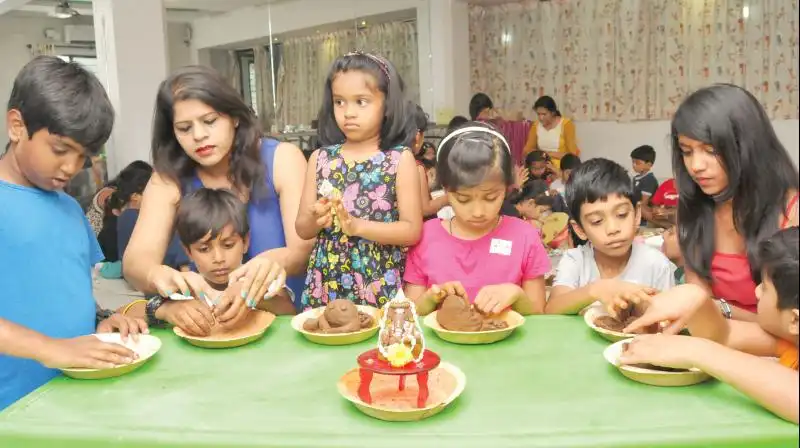
Ganesh Chaturthi Around the World
While Ganesh Chaturthi is predominantly celebrated in India, it has also gained popularity in other parts of the world, especially in countries with a significant Indian diaspora like the United States, Canada, the United Kingdom, and Australia. In these countries, the festival is celebrated with the same fervour and devotion, with Indian communities coming together to organise public celebrations.
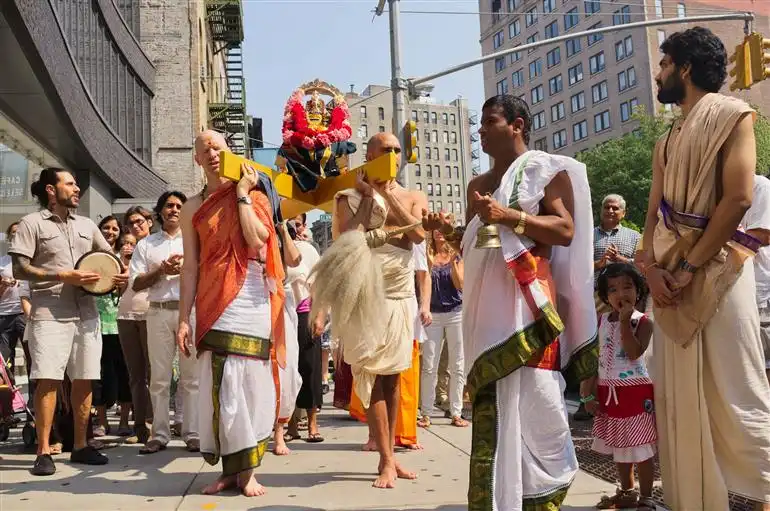
In places like Mumbai, the celebrations are particularly grand, with millions of people participating in the festivities. The famous Lalbaugcha Raja in Mumbai is one of the most visited Ganesha pandals, drawing devotees from all over the world.
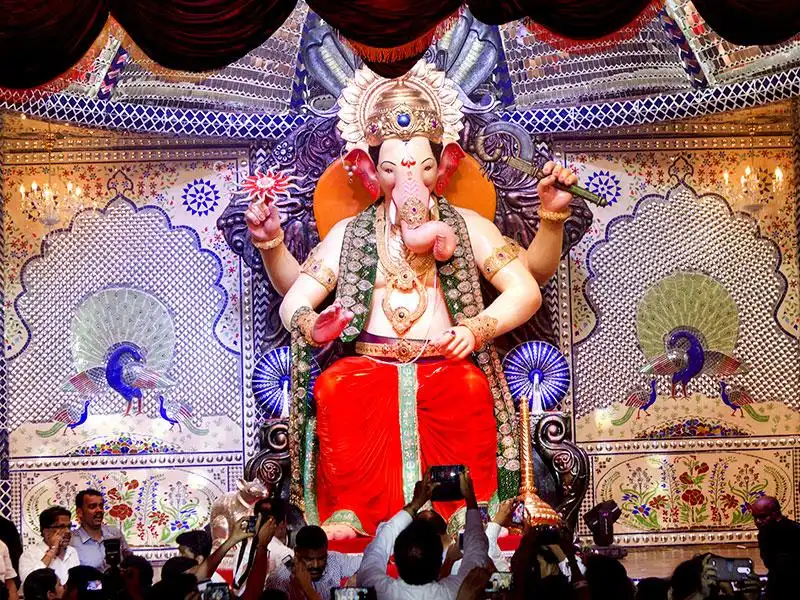
Ganesh Chaturthi 2024: Dates and Timings
In 2024, Ganesh Chaturthi will be celebrated on 7th September. The festival will begin with the installation of the Ganesha idol, and the immersion will take place on 16th September. The timings for the puja and other rituals are determined by the position of the moon and other astrological factors, which are carefully observed by priests to ensure the most auspicious moments for worship.
Conclusion
Ganesh Chaturthi is a festival that brings people together, filling the air with joy, devotion, and the spirit of new beginnings. For kids, it is an opportunity to learn about Hindu culture, traditions, and the importance of preserving our environment. Whether it’s making eco-friendly idols, participating in the grand processions, or simply enjoying delicious sweets, Ganesh Chaturthi is a festival that leaves a lasting impression on young minds.
For more interesting articles, please visit www.kidzherald.com





